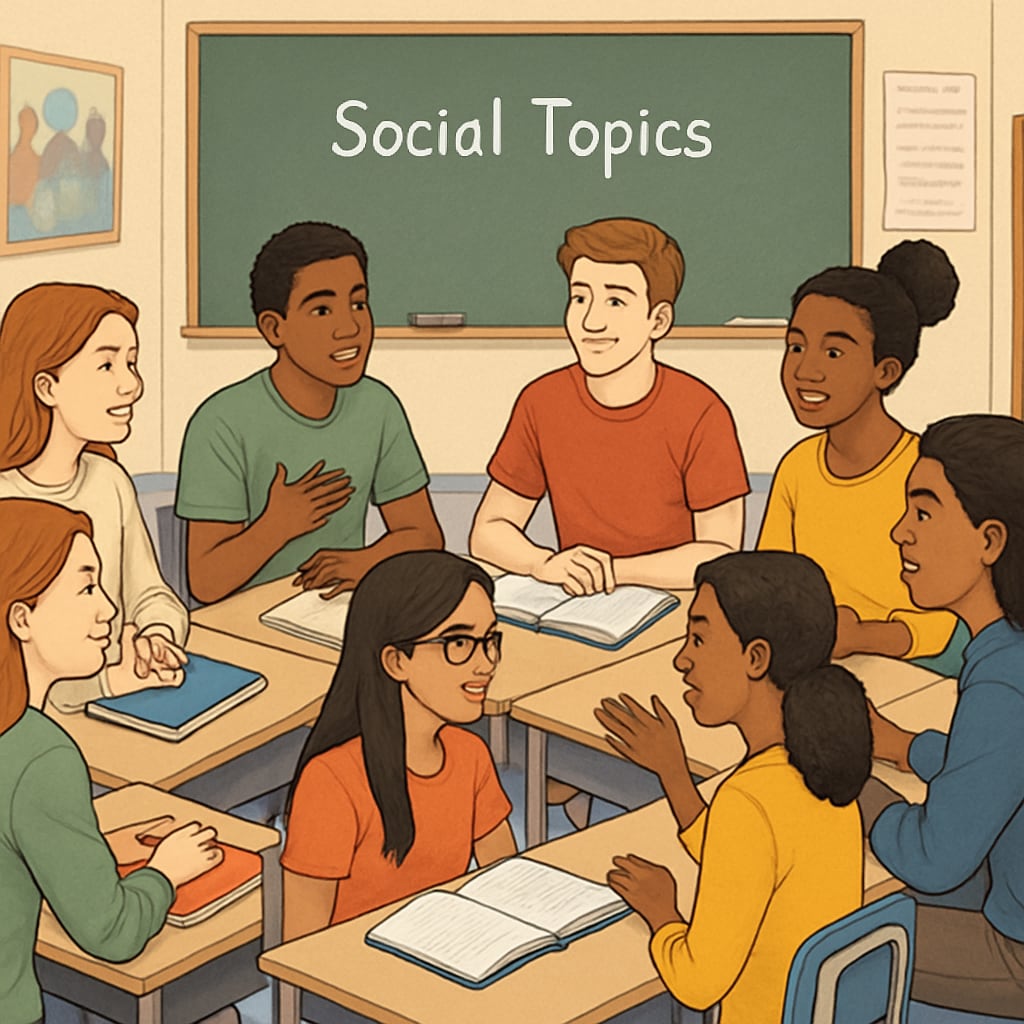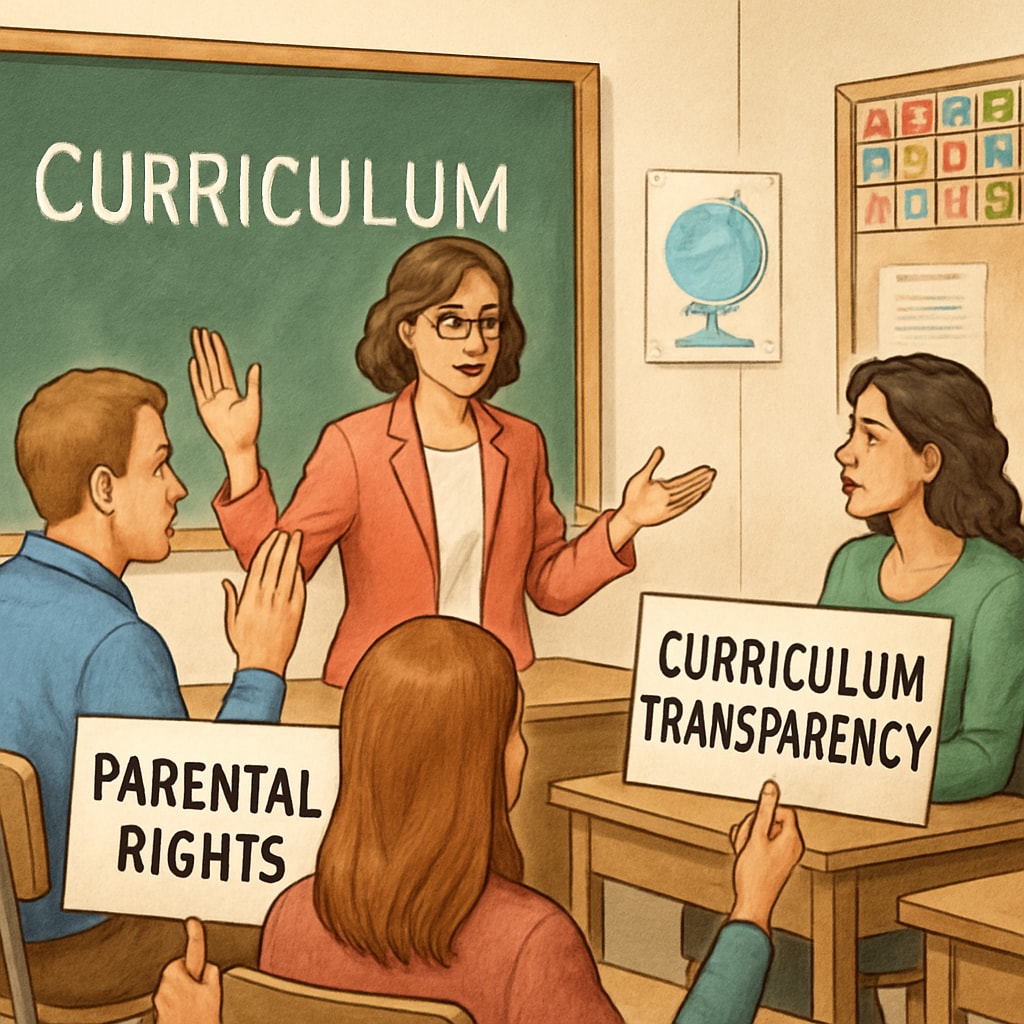The Heritage Foundation’s Project 2025 has intensified scrutiny over diversity education in schools, raising questions about academic freedom and how to balance public concerns with educational integrity. While these debates primarily target higher education, K-12 institutions are increasingly affected. How should educators navigate these challenges without compromising the core principles of academic freedom and inclusivity?
Understanding the Heritage Foundation’s Role in Academic Oversight
The Heritage Foundation, a prominent conservative think tank, has played a critical role in shaping public discourse through initiatives like Project 2025. This project outlines a comprehensive plan to influence policy at various levels of government, including education. At its core, it seeks to challenge what it perceives as ideological biases in teaching, particularly on issues related to diversity, equity, and inclusion (DEI).
Critics argue that such oversight risks encroaching on academic freedom, a principle that allows educators to teach and discuss ideas without external interference. However, proponents claim that these measures are necessary to ensure that schools remain neutral and focused on traditional educational values. The resulting tension has turned schools into ideological battlegrounds, with significant implications for teachers, students, and policymakers alike.

Impact on K-12 Diversity Education
While the initial focus of these initiatives has been on colleges, their influence is trickling down to the K-12 education system. Schools have increasingly incorporated diversity education to prepare students for a multicultural world. This includes lessons on cultural awareness, historical injustices, and the importance of inclusivity. However, conservative groups argue that some of these programs promote divisive ideologies rather than fostering unity.
The pushback against diversity education in K-12 schools often manifests in demands for curriculum transparency and parental rights in education. For example, some states have enacted laws requiring schools to make their teaching materials publicly accessible. While transparency is essential, critics warn that such measures could lead to politicization of curricula, making it difficult for educators to address complex societal issues openly.

Finding a Balance Between Academic Freedom and Public Concerns
Striking a balance between preserving academic freedom and addressing public concerns is no small task. Educators must navigate these challenges while fostering an environment conducive to learning and critical thinking. Here are some strategies that could help:
- Promote Dialogue: Schools should encourage open conversations among teachers, parents, and policymakers to address concerns constructively.
- Adopt Clear Policies: Clear and transparent policies can help mitigate misunderstandings about the purpose and scope of diversity education.
- Focus on Evidence-Based Content: Curriculum development should prioritize evidence-based materials that encourage critical thinking without promoting any single ideology.
In addition, professional development for teachers can play a crucial role in equipping them to handle sensitive topics responsibly and effectively.
The Broader Implications for Academic Freedom
The ongoing debates around initiatives like Project 2025 underscore a critical need to protect academic freedom while ensuring that education remains relevant and inclusive. For K-12 schools, this means creating a balanced approach that respects diverse viewpoints without compromising on the integrity of educational content.
As the conversation continues, it is essential to remember that education serves as a cornerstone of democracy. Safeguarding academic freedom while addressing legitimate public concerns is not just a policy challenge; it is a societal imperative that requires collaboration, compromise, and a shared commitment to the common good.
Readability guidance: This article balances short paragraphs, active voice, and accessible language to ensure clarity. Lists and examples enhance comprehension, while transitional phrases like “however” and “in addition” improve flow. The content is structured to support both educators and policymakers in navigating this complex issue.


